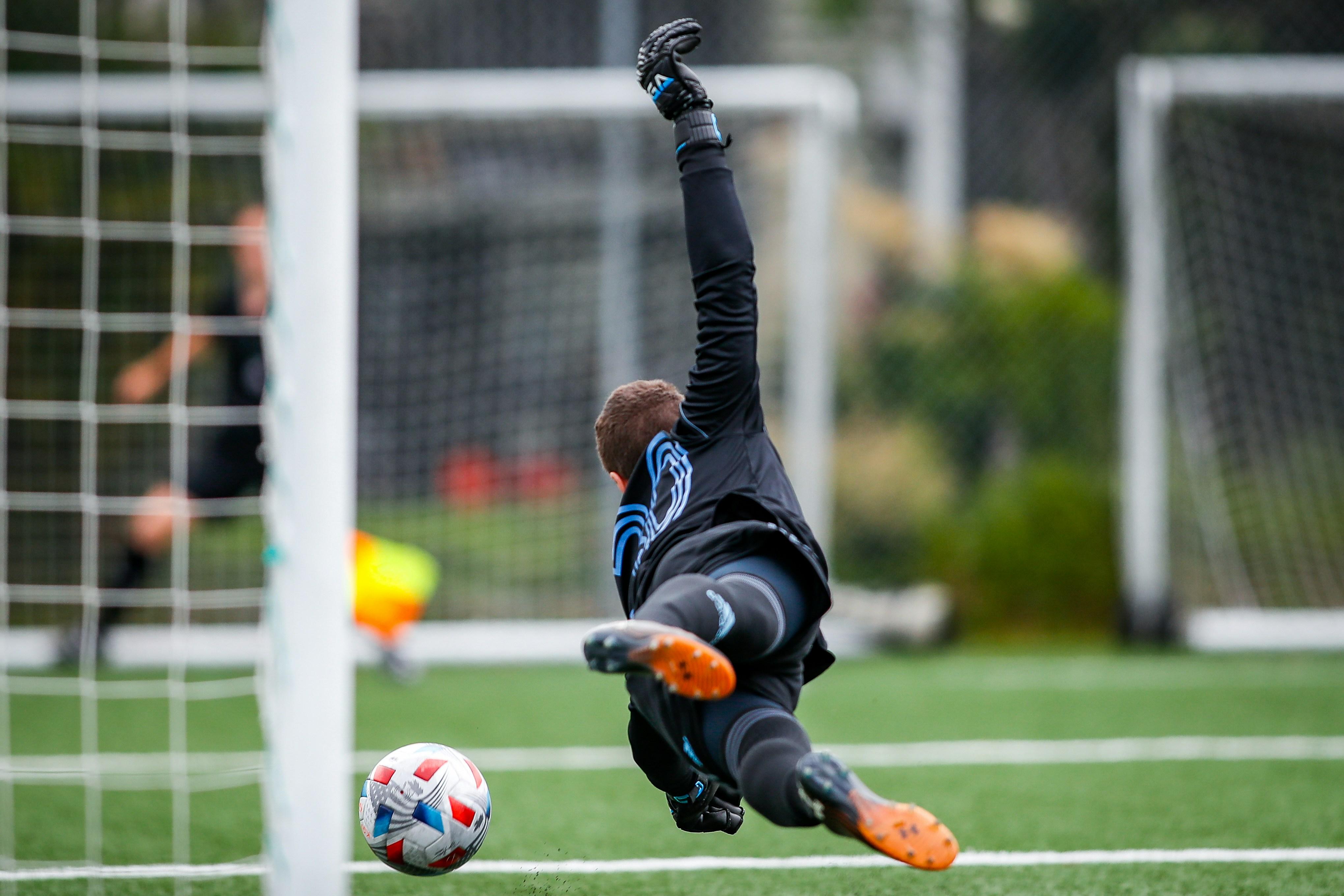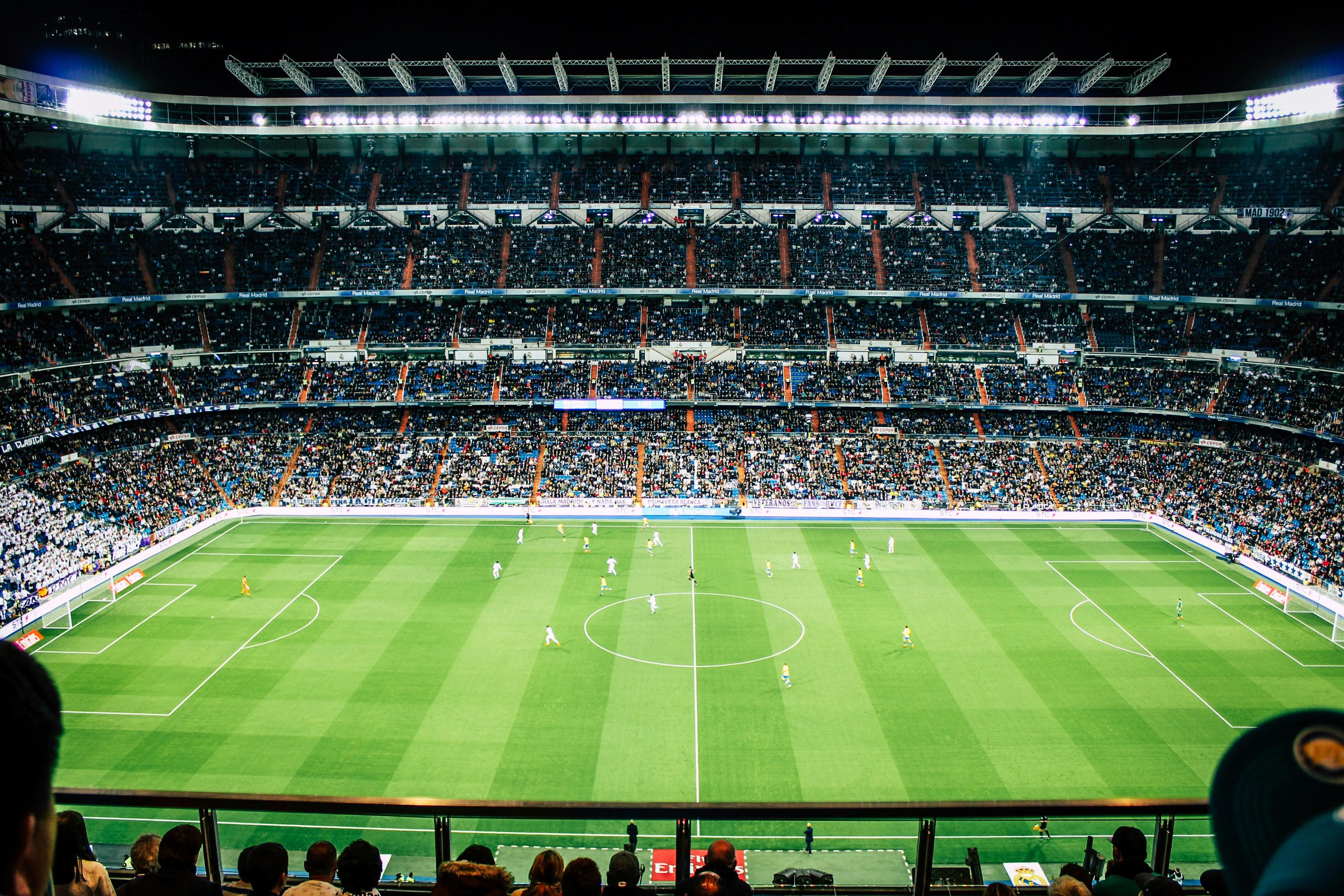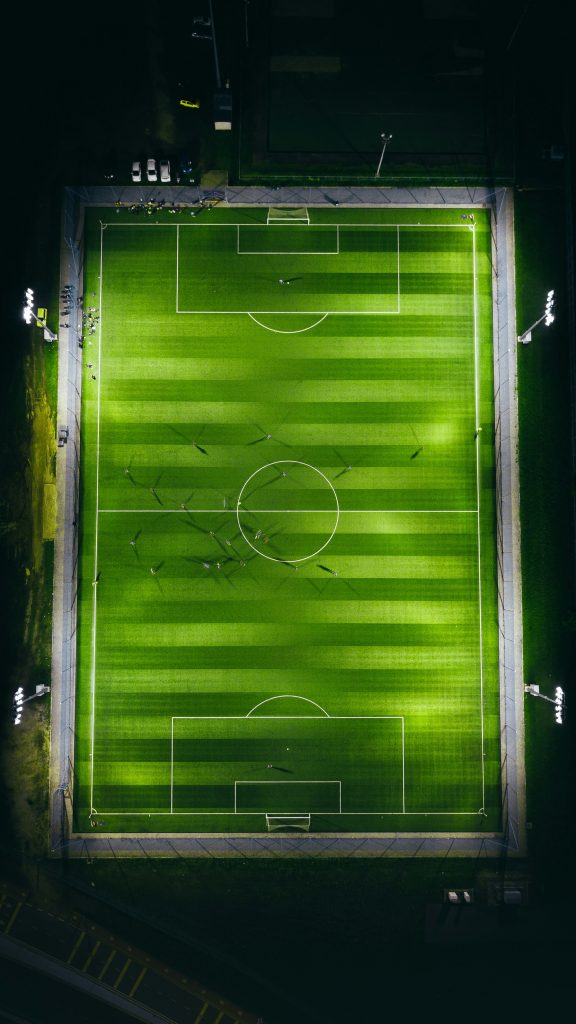Soccer, known globally as the beautiful game, is played with various positions, each assigned specific roles and numbers. Understanding these positions and their corresponding numbers is crucial for anyone looking to deepen their knowledge of the sport. This guide will explore the traditional soccer positions, their numbers, and the roles they play on the field.

Goalkeeper (Number 1)
The goalkeeper, often wearing the number 1 jersey, is the last line of defense and the only player allowed to use their hands within the penalty area. The primary responsibilities include shot-stopping, catching crosses, and distributing the ball to start attacks. Goalkeepers must possess excellent reflexes, positioning, and communication skills to organize the defense.
Defenders
Right Back (Number 2) and Left Back (Number 3)
The right back (2) and left back (3) play on the flanks of the defense. Their primary duties are to prevent the opposition from attacking down the wings and to support their team’s wide attacking players. Modern full-backs also contribute to the attack by overlapping and providing crosses into the opponent’s penalty area. They must be quick, defensively solid, and have good crossing ability.
Center Backs (Numbers 4 and 5)
Center backs, typically wearing numbers 4 and 5, are central defenders tasked with stopping the opposition’s forwards and protecting the goalkeeper. They need to be strong in the air, good at tackling, and capable of reading the game to intercept passes and make crucial blocks. Leadership and communication are also vital as they often organize the entire defense.
Midfielders
Defensive Midfielder (Number 6)
The defensive midfielder, usually donning the number 6, acts as a shield in front of the defense. They break up opposition attacks, win back possession, and distribute the ball to more advanced teammates. This role requires excellent tackling, positioning, and passing abilities.
Central Midfielders (Numbers 8 and 10)
Central midfielders, wearing numbers 8 and 10, are the team’s engine, linking defense and attack. The number 8 is often a box-to-box midfielder, covering large areas of the pitch, supporting both defense and attack. They need high stamina, good passing, and tackling skills.
The number 10 is typically an attacking midfielder, known as the playmaker. They create scoring opportunities, provide assists, and often score goals themselves. Creativity, vision, dribbling, and passing are essential attributes for this role.
Wide Midfielders/Wingers (Numbers 7 and 11)
Wingers or wide midfielders, usually wearing numbers 7 (right wing) and 11 (left wing), play along the touchlines. Their primary duties include providing width, delivering crosses, and beating defenders with speed and dribbling. They also contribute to the defense by tracking back to help their full-backs.
Forwards
Striker (Number 9)
The striker, typically wearing the number 9, is the main goal scorer. They play closest to the opponent’s goal, aiming to finish chances created by their teammates. Strikers need excellent finishing skills, positioning, and the ability to play under pressure.
Second Striker/Support Forward (Number 10)
In some formations, the number 10 plays as a second striker or support forward, slightly behind the main striker. This role involves creating scoring opportunities for themselves and their teammates, linking the midfield with the attack, and finding space in the opponent’s defense.

Modern Soccer Formations and Position Variations
Modern soccer has evolved with various formations, each utilizing these positions differently. Here are a few common formations:
4-4-2 Formation
In the traditional 4-4-2, the team has four defenders, four midfielders, and two strikers. This formation balances defense and attack, providing width and support through the midfield.
4-3-3 Formation
The 4-3-3 features four defenders, three central midfielders, and three forwards (a central striker and two wingers). This formation emphasizes attacking play and is used by teams looking to dominate possession and press high up the pitch.
3-5-2 Formation
In the 3-5-2, three central defenders are supported by wing-backs (who operate as both defenders and midfielders), three central midfielders, and two strikers. This formation provides solid central defense while allowing for flexibility in attack and midfield.
Positional Roles in Different Formations
The roles of each position can vary depending on the formation. For instance, wing-backs in a 3-5-2 formation have more offensive duties than full-backs in a 4-4-2. Similarly, a lone striker in a 4-3-3 formation must be adept at holding up the ball and bringing wingers into play, while two strikers in a 4-4-2 can combine and share goal-scoring responsibilities.
Understanding soccer positions and their corresponding numbers is fundamental to grasping the tactical nuances of the game. Each position has distinct responsibilities and requires specific skills to excel. Whether you are a player, coach, or fan, appreciating these roles enhances your knowledge and enjoyment of soccer. As the game continues to evolve, so do the roles and formations, making soccer a continuously dynamic and exciting sport.
